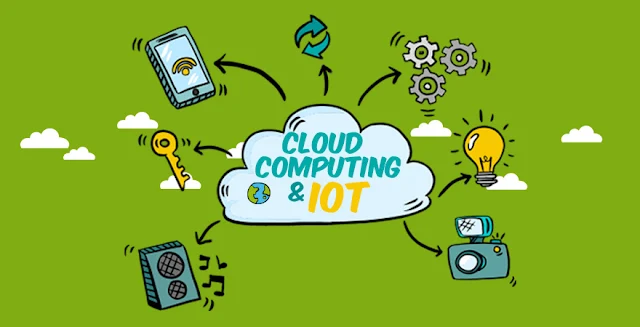Art, Man And Society
This course gives an overview on the study of the basic principles underlying human behavior, cognition and effect. It aims to provide the student with a general overview of the field of psychology and focuses on the different perspectives in analyzing human development, namely: biological, behavioral, cognitive, humanistic, psychoanalytic and socio-cultural with emphasis on the scientific approach to understanding human behavior and mental processes.









